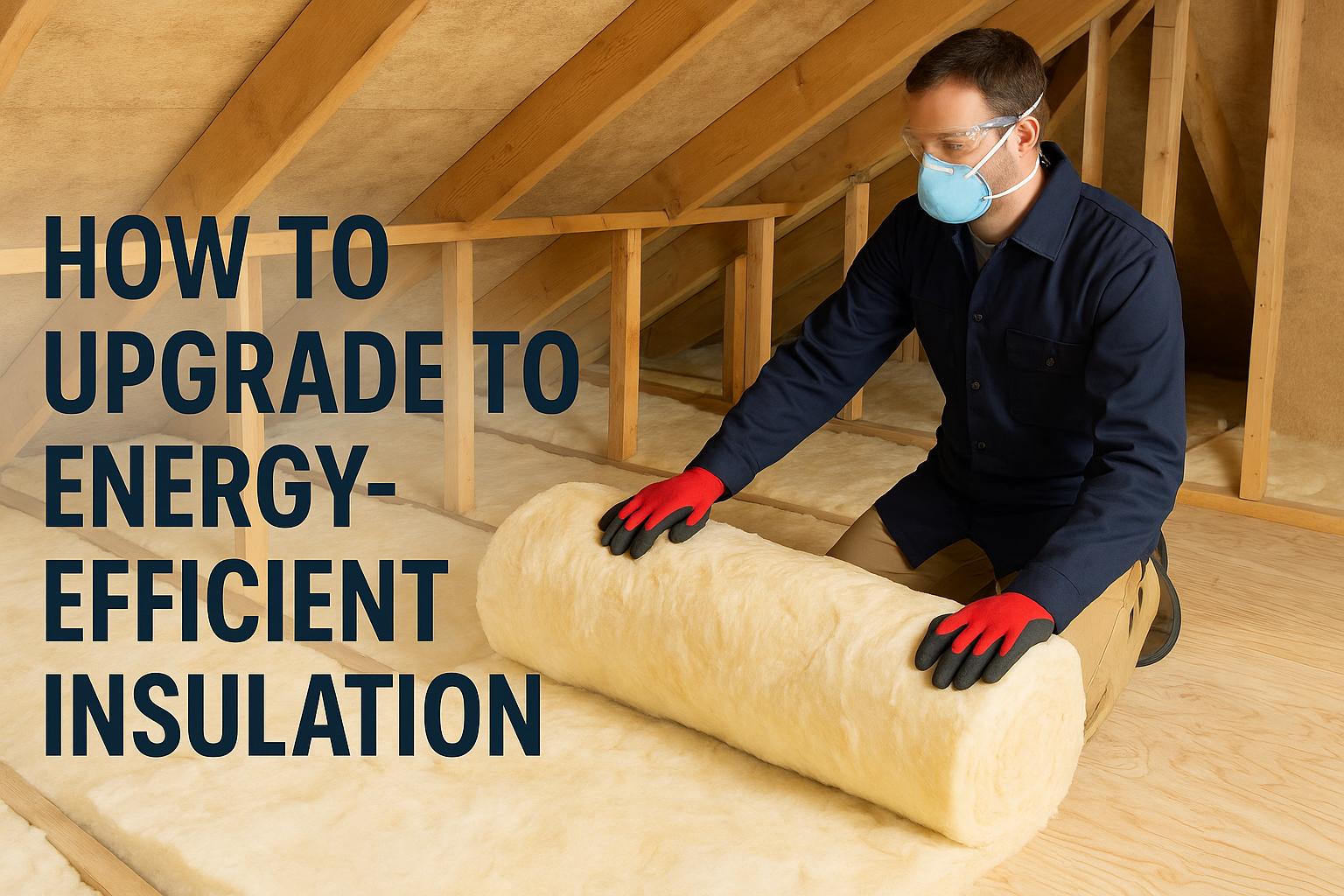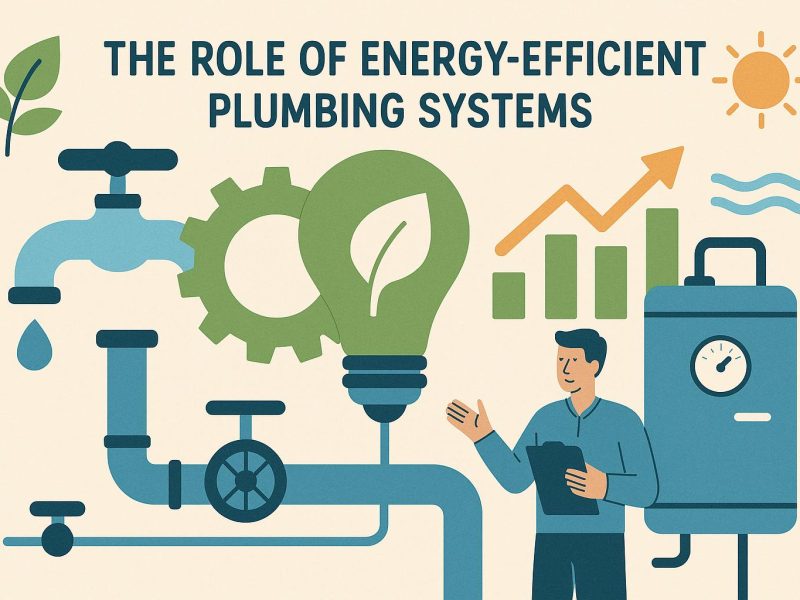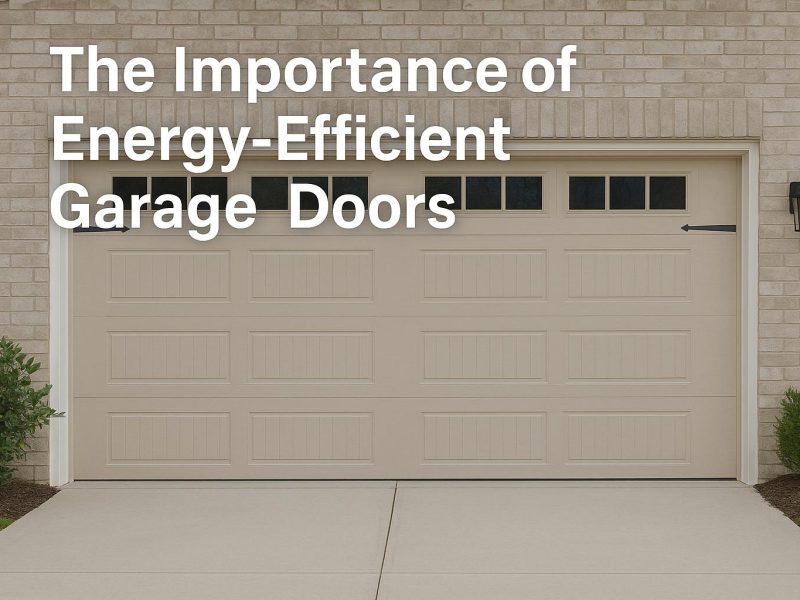Understanding Energy-Efficient Insulation
When considering an upgrade to energy-efficient insulation, it’s essential to first understand the material’s role in home efficiency. Insulation plays a vital role in maintaining your home’s temperature by creating a barrier that reduces the rate of heat exchange with the outside environment. This means that during the winter, insulation helps keep warmth inside, and in the summer, it keeps the heat out. As a result, the need for heating and cooling systems diminishes, leading to a reduction in energy consumption and lower energy bills. Investing in improved insulation can, therefore, lead to significant long-term savings.
Types of Energy-Efficient Insulation
There are various types of insulation materials available, each with unique properties tailored to improve energy efficiency in homes. Some popular choices for energy efficiency include:
Fiberglass Insulation: This type of insulation is predominantly used due to its affordability and effectiveness. It is composed of fine glass fibers and is available in batts, rolls, or loose-fill insulation. Fiberglass insulation is non-combustible and offers reasonable thermal performance.
Spray Foam Insulation: Known for its superior air sealing characteristics, spray foam insulation is applied as a liquid that expands into a solid foam, filling spaces and cracks. It ensures a tighter seal compared to other insulations, which can significantly enhance energy efficiency.
Cellulose Insulation: Made from recycled paper products, cellulose insulation is treated for fire resistance. It is an eco-friendly option and provides a high thermal performance. Additionally, cellulose can provide soundproofing benefits.
Rigid Foam Insulation: This type provides a high insulation value with relatively thin layers. Rigid foam boards are often used for walls, roofs, and foundations for consistent thermal protection.
Choosing the Right Insulation for Your Home
Selecting the ideal insulation type for your home involves considering several factors, including geographic location, the current state of existing insulation, and specific areas needing improvement. The condition and effectiveness of the existing insulation play an instrumental role in determining the necessary enhancements. Consulting with a professional can help in identifying these details and guide homeowners toward making an optimal choice. Professionals can also advise on local building codes and energy performance requirements.
Steps to Upgrade Your Insulation
If you decide to enhance your home’s energy efficiency through insulation, follow these steps:
1. Evaluate Current Insulation: Begin by determining the existing insulation’s R-value, which measures its thermal resistance. The R-value indicates how well the insulation material resists heat flow. A higher R-value means greater insulating effectiveness. This assessment can guide you in identifying areas where improvement is needed.
2. Determine Required R-Value: The required R-value varies by climate. Colder regions necessitate higher R-values to effectively retain heat within the home. Understanding the climatic requirements will help in selecting the appropriate insulation material and thickness.
3. Select Insulation Material: Choose the insulation that best suits your needs and budget. Consider factors such as cost, installation complexity, environmental impact, and the specific characteristics of different insulation types discussed earlier.
4. Professional Installation: Especially for complex insulation types like spray foam or where the installation area is difficult to reach, professional installation can ensure maximum efficiency and safety. Improper installation might lead to energy inefficiencies and potential safety hazards.
Further Considerations
Energy-efficient insulation is not just about selecting the appropriate material. There are additional factors like air sealing and moisture control to consider for maximizing insulation benefits. Air leaks around windows, doors, and in walls can undermine even the best insulation. Sealing these leaks can improve your home’s thermal envelope. Moisture control is also critical; moisture can degrade the effectiveness of insulation and lead to issues such as mold growth. Ensuring proper ventilation and installing vapor barriers where necessary can mitigate these risks.
For more information on enhancing your home’s energy efficiency, you might find resources from the U.S. Department of Energy helpful. These resources can provide detailed guidance on the various aspects of home energy efficiency improvements and help inform decisions about effectively insulating your home.
In conclusion, upgrading to energy-efficient insulation is a strategic investment that enhances home comfort and reduces the burden of energy costs over time. While the initial costs involved in purchasing and installing new insulation might deter some homeowners, the resultant energy savings, improved indoor climate stability, and higher property value make the upgrade a highly beneficial endeavor. By understanding the role of various insulation types, evaluating current needs, and executing a well-planned upgrade strategy, homeowners can ensure they reap the maximum benefits from their insulation investment.



